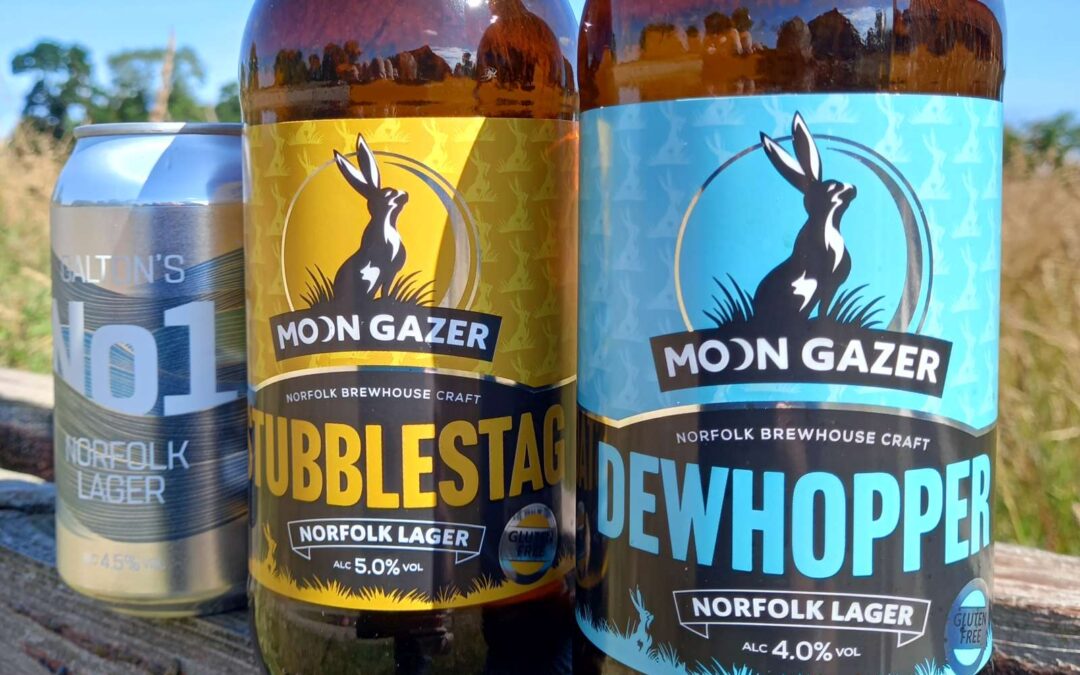Normally Gluten Free beer is made in one of two ways, the traditional method uses gluten-free ingredients, and the alternative method uses conventional gluten-containing ingredients but then removes the gluten during the process with the help of an enzyme.
Moon Gazer only use the 2nd enzyme removal option for 1 simple reason – it tastes great, whereas the traditional method doesn’t quite taste like ‘normal beer’ so is a compromise in our opinion.
See our blog post “Does gluten-free beer taste like beer” for further information, and to hear our interesting story on how we broke the myth that Gluten-free beer tastes bad.
The Conventional Method
The traditional practice is to utilise alternative non-gluten grains to achieve the end such as sorghum, millet, buckwheat and corn. The disadvantage of this is that the taste profile differs hugely to regular beers and can discourage many people to drink it due to its known sour flavour.
Many Gluten free brewers, to get around this taste profile pitfall, have been taking to adding flavours to the beer using creative ingredients which go some way in masking it.
The Moon Gazer Method
As mentioned by Jamie Oliver in his Gluten-Free Beer tasting video, most brewers try to keep their GF beer making methods a closely guarded secret.
At Moon Gazer, however, we feel that you, the beer drinker, have every right to know what goes into our brewing process, and how we keep the beer gluten-free – or strictly speaking, keep the level of gluten below 20 PPM (parts per million).
We start with the best ingredients with gluten in and take it out later with an enzyme, this tastes better than using gluten-free ingredients.
We tried many gluten-free beers (strictly as research of course) but as the beers used non-gluten or low-gluten ingredients they just didn’t taste like we want our beer to taste, with a biscuity malt flavour from barley that is balanced perfectly with the hops.
The gluten in beer is a composite of storage proteins found in the endosperm of grains. By sticking to using premium Norfolk Maris Otter barley, and avoiding cereals like maize, sorghum, and millet, we are left with authentic craft beers of the highest quality and taste potential which, right from the start, are laden with gluten and have the potential for a hazy appearance.
However, our eyes were always wide open to the potential of making outstanding products via careful and detailed hand management of every stage of the brewing process so that both protein and gluten are reduced and these are the steps that we follow to achieve this.
Step One | The Mash
This is where we steep the grain in hot water to extract the starches and proteins we need for brewing. Getting the mash temperature precisely as we need it, along with the correct pH. will not only give us what we need for great beer but also start reducing the complex protein levels.
We also recirculate the liquid on which the grain is soaking taking from the bottom of the mash and putting it back on top. This will use the grain as a filter for some of the proteins. Simple yet effective!
Step Two | The Boil
The key to cutting down on protein for the best gluten-free beer is a good, strong rolling boil.
It is at the boiling step that we look to drop at least 30% of the proteins out of the liquid, some will go up the chimney and others drop out at the bottom; helped by the addition of what are known as copper finings.
We use seaweed-based copper finings and like a physics lesson at school, where proteins bubbling around on the kettle have a positive charge, we add finings which has a negative charge, opposites attract and they join, which makes them heavier and so they drop to the bottom.
Step Three | Fermentation
By this step, we have reduced a lot of the protein before transferring the gluten-free pale ale into the fermenter and adding the yeast. We also add Brewers Clarity enzyme, an endo-protease, to prevent the precipitation of the hazy bits by stopping them from bonding together, ensuring a nice clear pint of gluten-free real ale.
We add it during fermentation as the CO2 sees lots of bubbling in the liquid, so it mixes it all up nicely. Having minimised the amount of protein in the brew, and Brewers Clarity preventing any that are left from binding together, we are now at a gluten level which is below 20 parts per million, in other words, not very much at all.
Why 20 Parts Per Million Of Gluten?
This is the amount, by a law passed in 2012, which states that foods that contain 20 parts per million (ppm) or less of gluten can be labelled gluten-free.
This law means that you can be sure that any product labelled ‘gluten free’ contains 20 parts per million of or less of gluten, which is a safe level for people following a gluten-free diet. It also reassures you that they would have been tested to be so.

